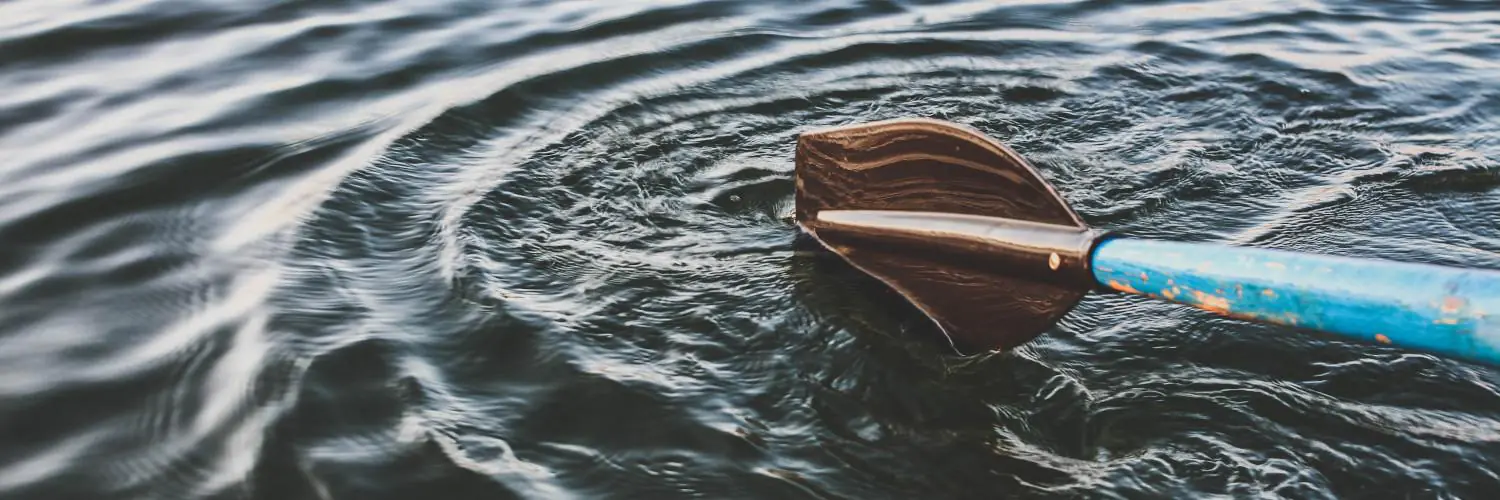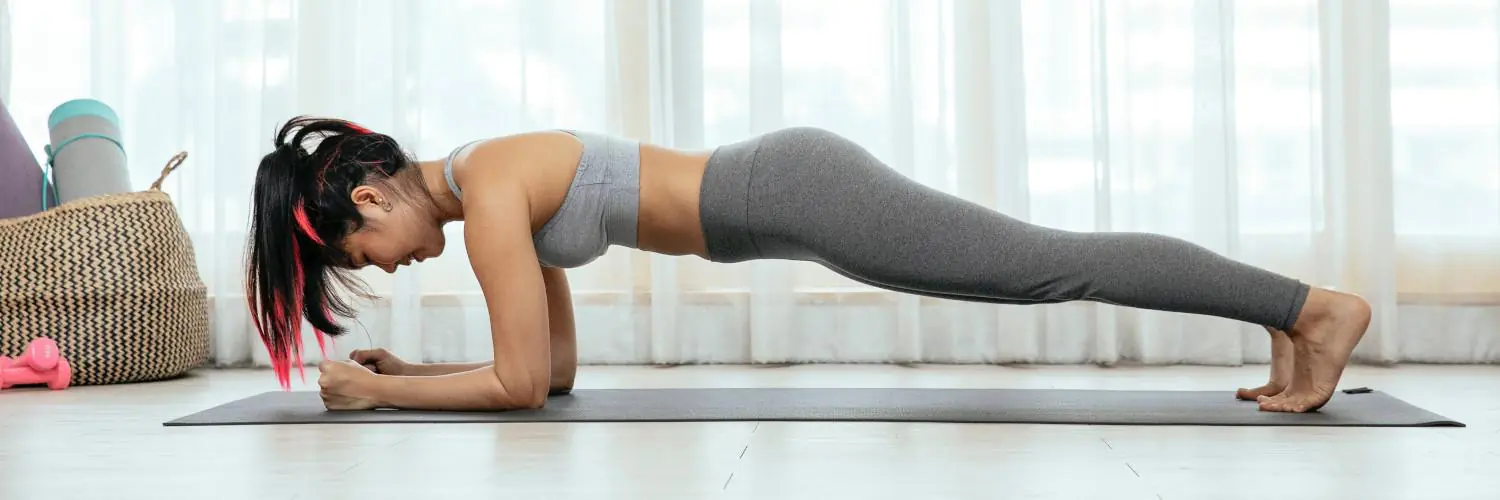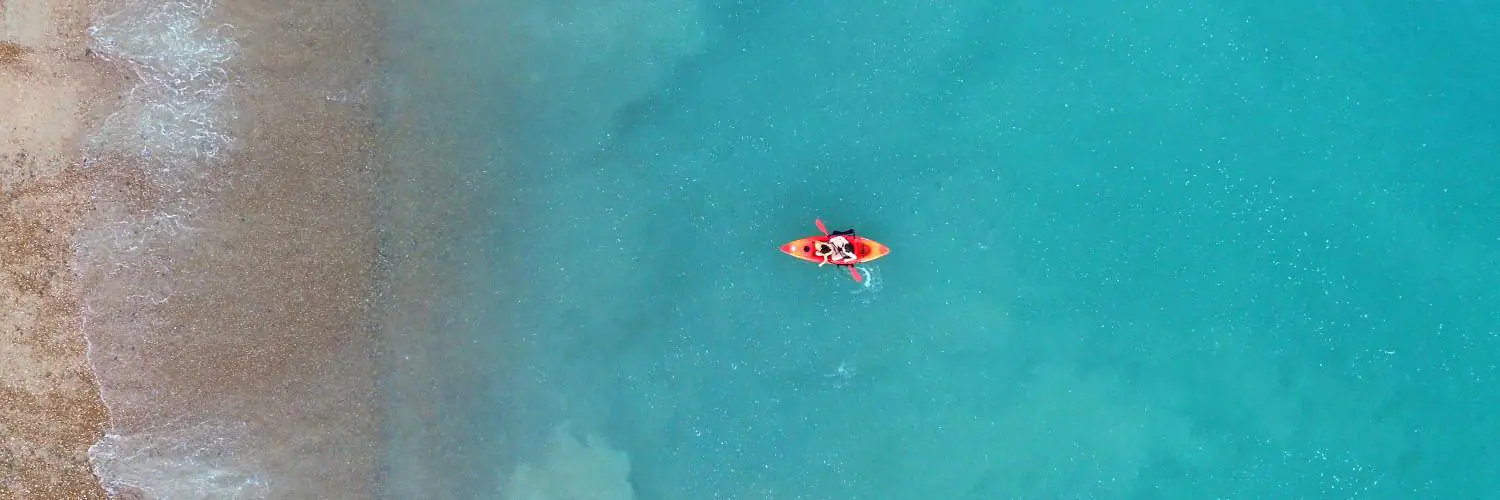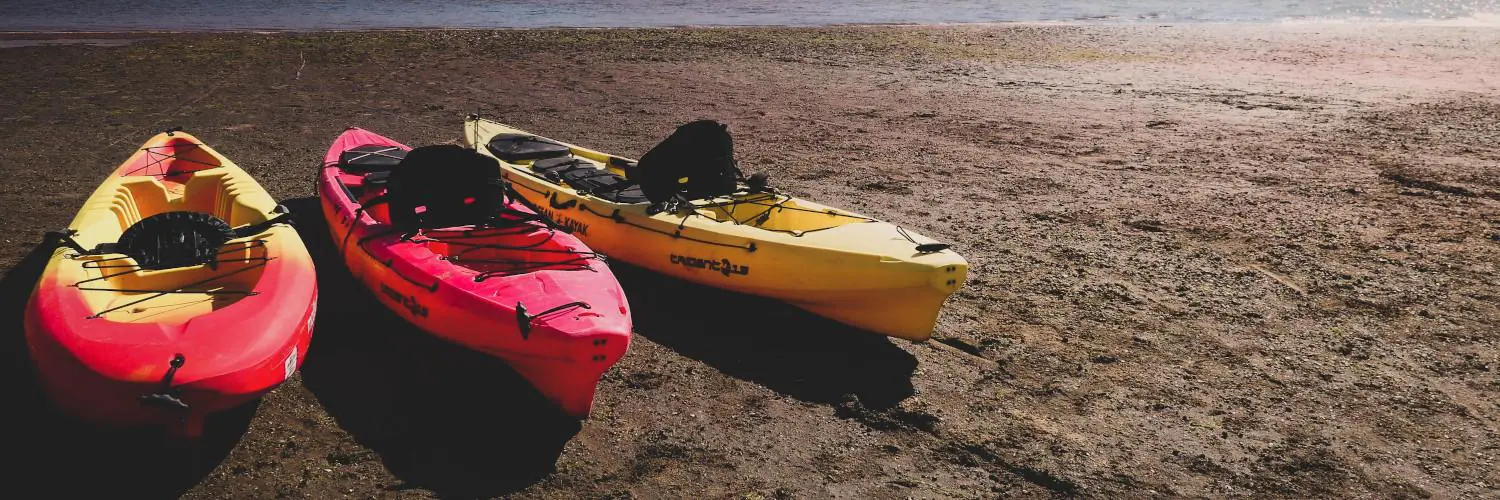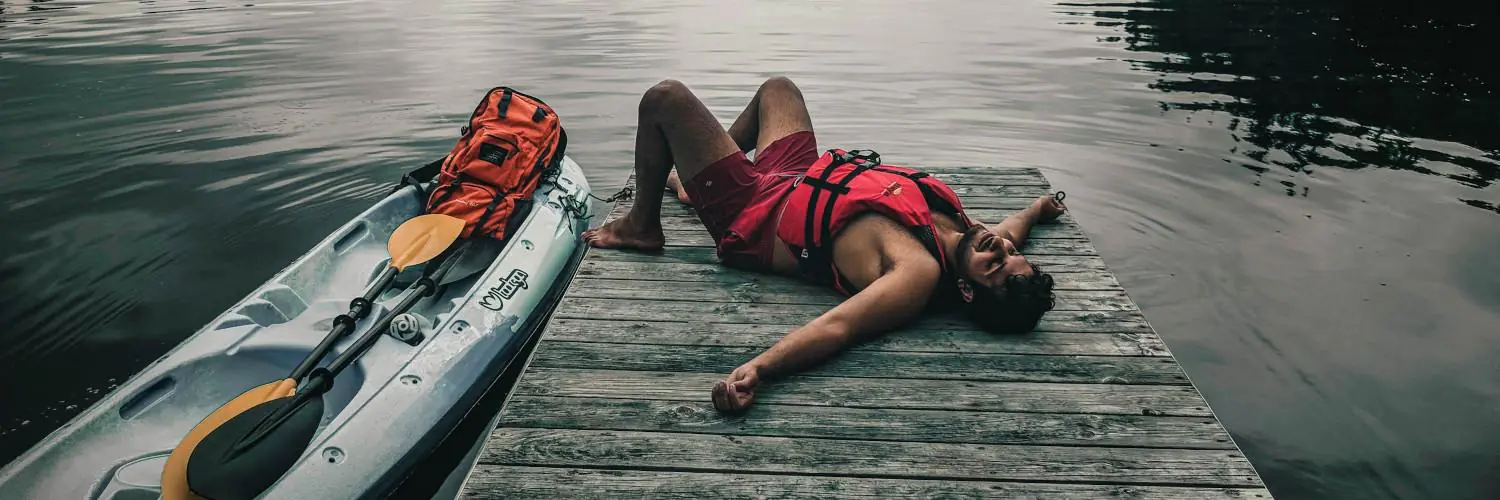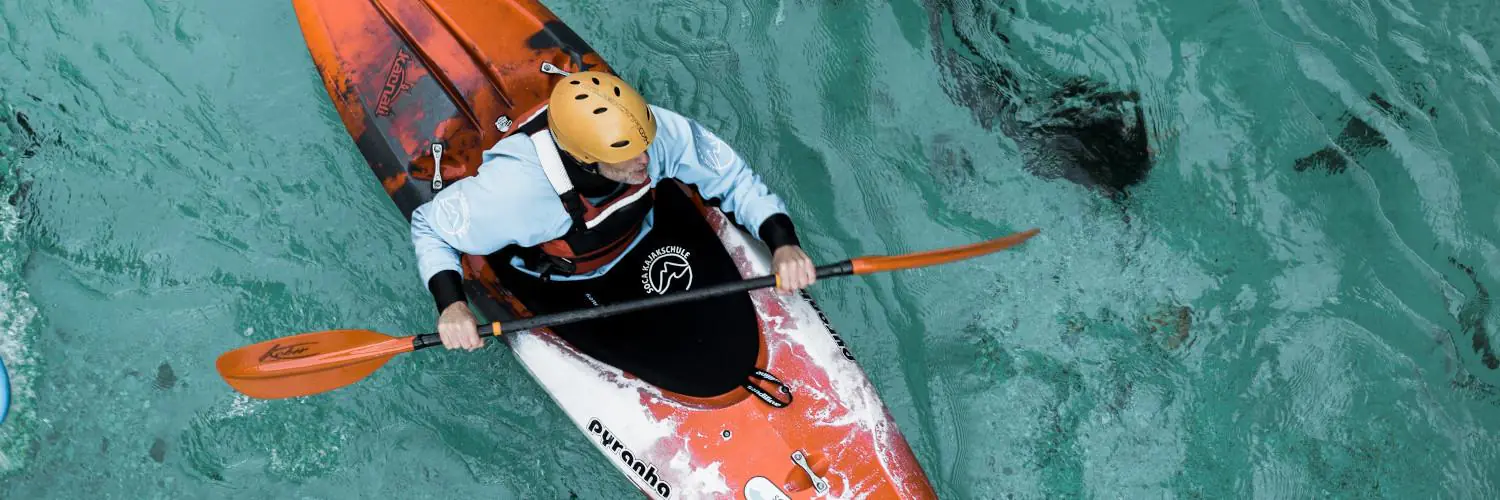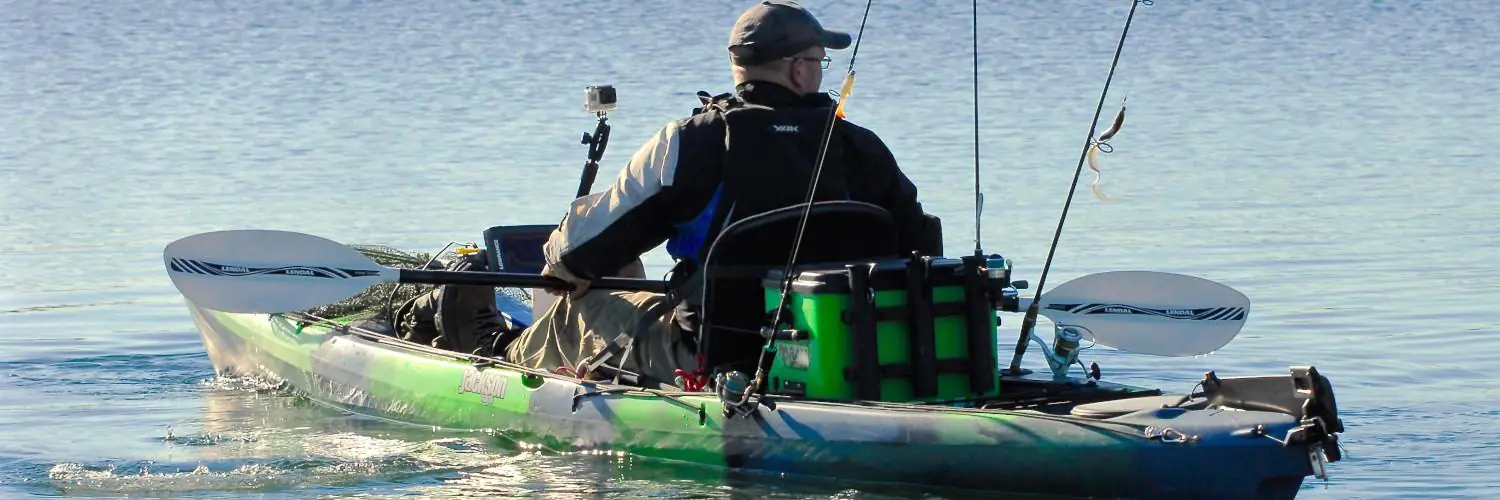Tying a kayak to a dock can seem tricky at first, but it’s an important skill for kayakers to master. Proper docking keeps your kayak secure and prevents damage. To tie a kayak to a dock, use a bowline knot to attach a rope from the kayak’s bow to a dock cleat or piling.
While kayaks aren’t meant for long-term docking like larger boats, short-term tying can be useful when taking breaks or loading gear. It’s best to use soft ropes and add padding where the kayak touches the dock to avoid scratches. Some kayakers prefer portable dock systems made for small watercraft.
Safety is key when docking a kayak. The dock provides a stable platform, but it’s easy to tip over when entering or exiting. Having a buddy to help steady the kayak can prevent accidents. With practice, tying up becomes quick and simple, allowing more time to enjoy being out on the water.
Table of Contents
Selecting the Right Equipment
Proper gear is key for safely tying a kayak to a dock. The right lines, fenders, and knots help protect your kayak and keep it secure.
Understanding Kayak Dock Lines
Dock lines for kayaks should be strong yet lightweight. Nylon rope works well because it’s durable and stretchy. Look for lines that are 1/4 to 3/8 inch thick.
Choose lines long enough to reach from your kayak to the dock cleats. A good rule is to have lines about 1.5 times the length of your kayak.
Make sure to get marine-grade rope that can handle water and sun exposure. Avoid cotton ropes, as they can rot when wet.
Choosing Appropriate Fenders and Bumpers
Fenders protect your kayak from rubbing against the dock. Small cylindrical or round fenders work best for kayaks.
Pick fenders made of soft materials like foam or inflatable vinyl. These are gentle on your kayak’s hull.
Use at least two fenders – one near the front and one near the back of your kayak. This gives the most protection when tied up.
Adjustable fender hangers let you easily change the fender height as needed.
Types of Knots for Secure Tying
A few key knots are useful for tying kayaks to docks. The cleat hitch is great for attaching lines to dock cleats. It’s easy to tie and untie, yet holds firm.
The bowline knot forms a secure loop at the end of a rope. Use it to create attachment points on your kayak if needed.
A clove hitch works well for quickly tying fenders to your kayak. It’s adjustable and won’t slip.
Practice these knots before heading out. Being able to tie them quickly makes docking easier and safer.
Preparing Your Kayak for Docking
Getting ready to dock your kayak takes some planning. The right setup will keep your boat safe and make getting on and off easier.
Attaching Lines to Kayak
Secure lines to both the bow and stern of your kayak. Use strong, water-resistant rope meant for boats. Tie the lines to built-in attachment points or sturdy handles on your kayak. Make sure the knots are tight.
For the bow, attach a line about 3-4 feet long. This will let you pull the kayak close to the dock. On the stern, use a slightly longer line of 5-6 feet. This extra length helps with maneuvering.
Check that all lines are free of tangles. Coil any extra rope neatly to avoid tripping hazards.
Positioning and Adjusting the Kayak
Approach the dock slowly and at a slight angle. Aim to come alongside with the kayak parallel to the dock. Use your paddle to gently steer and slow down as you get close.
Once near the dock, grab the bow line. Pull it to bring the front of the kayak toward the dock. Keep the stern angled slightly away. This position makes it easier to get out.
Adjust your kayak so it’s not rubbing against the dock. Leave a small gap to prevent damage. Use your paddle or hands to keep the boat steady while you secure it.
Executing Secure Knots and Hitches
Tying your kayak securely to a dock requires mastering a few essential knots. These knots provide stability and safety for your vessel while allowing easy release when needed.
Tying a Cleat Hitch
The cleat hitch is a crucial knot for securing your kayak to a dock cleat. Start by wrapping the line around the base of the cleat. Make a figure-eight pattern over the top horns of the cleat.
Finish with a half hitch on the final wrap. This creates friction and prevents the line from slipping. Ensure the line is snug but not overly tight.
A well-tied cleat hitch holds firmly in varying weather conditions. It also allows for quick release when you’re ready to depart.
Securing with a Bowline Knot
The bowline knot forms a secure loop that won’t slip or jam. It’s ideal for attaching your kayak to dock rings or other fixed points.
To tie a bowline:
- Form a small loop in the standing end of the rope
- Pass the working end up through the loop
- Bring it around behind the standing end
- Pass it back down through the small loop
Tighten the knot by pulling on both the standing end and the working end. The bowline maintains its strength even under load, making it reliable for kayak mooring.
Using a Clove Hitch on Pilings
A clove hitch works well for securing your kayak to dock pilings. It’s quick to tie and adjust as needed.
Wrap the line around the piling twice, crossing over the first wrap. Pass the working end under the last turn and pull tight.
For added security, follow the clove hitch with two half hitches. This prevents the knot from slipping down the piling.
The clove hitch allows for easy lengthening or shortening of the line. This flexibility helps manage changing water levels or weather conditions.
Optimizing Mooring for Stability
Proper mooring techniques keep your kayak secure at the dock. The right line lengths and adjustments for conditions are key.
Determining the Length of Lines
Bow and stern lines should be about 2/3 the length of your kayak. This gives enough slack to tie securely while limiting movement. Spring lines work best at 1.5 times your kayak’s length. They prevent the kayak from moving forward or back.
Breast lines run perpendicular to the kayak. Keep these short – just long enough to reach the dock cleats. This holds the kayak close to the dock.
Use adjustable lines or learn to tie adjustable knots. This lets you fine-tune line tension as needed.
Adjusting for Current and Wind
Set spring lines first in strong currents. This keeps your kayak from drifting while you secure other lines.
Tighten windward lines and loosen leeward ones in windy conditions. This prevents excessive strain on your kayak and dock.
Use extra fenders on the dock side in choppy water. This protects your kayak from banging against the dock.
Check your lines often, especially after weather changes. Loose lines let your kayak move too much. Overly tight lines can stress your kayak in rough conditions.
Final Checks and Adjustments
Before leaving your kayak at the dock, it’s crucial to perform some final checks. These steps ensure your kayak remains secure and undamaged.
Inspecting Knots and Equipment
Check all knots and ties carefully. Make sure they’re tight and won’t come loose. Look at the ropes for any signs of wear or fraying. Replace any damaged ropes right away.
Test each knot by giving it a firm tug. If it slips or feels loose, retie it. Pay extra attention to the bow and stern lines. These are key for keeping your kayak in place.
Examine the cleats or tie-down points on the dock. Make sure they’re sturdy and won’t give way. If you spot any issues, find a different spot to secure your kayak.
Double-Checking Kayak Stability
Push gently on your kayak from different angles. It should move only slightly. If it rocks too much, adjust your lines.
Check that your kayak isn’t rubbing against the dock. This can cause damage over time. Use fenders or padding if needed to protect your kayak’s hull.
Make sure your kayak sits level in the water. If one end is lower, it might take on water in rough conditions. Adjust your lines to even it out.
Walk around your kayak and look at it from all sides. It should look balanced and secure. If anything seems off, take the time to fix it now.


